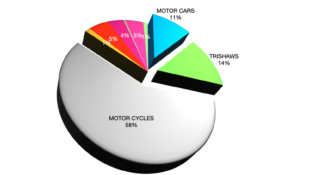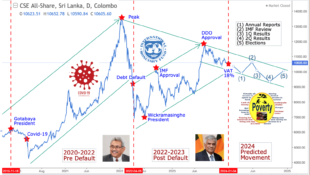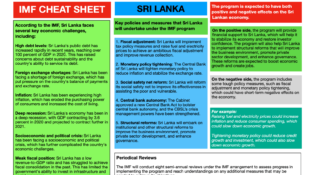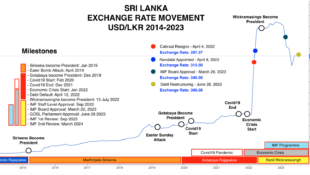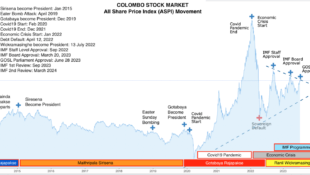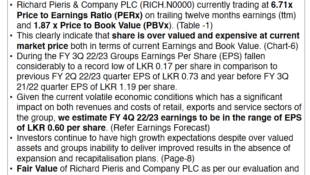How Traders play the game?
Traders buy/sell stocks with a very immediate short-term goal – to make a quick profit. To do this, traders can select stocks in a couple of ways. The stocks can be bought based on the expectation of some news/event. For e.g. an oil stock bought in the morning and sold in few hours against the backdrop of an announcement of rising petrol prices will generate profit for the traders, who usually know exactly what price they will sell at. Alternatively, traders select stocks on the basis of technical analysis, which involves market data analysis such as historical price movements, trading volumes and much more. For this they use statistical tools and charting software to predict short-term stock price movements. Thus, the goal is to make quick profits on price differences. They usually have an exit expectation which might be in the form of price target or in terms of how long the position will be held. Traders often sell shares i.e. short-sell in anticipation of price decreases, thus seeking to profit from price fall and often transact with borrowed money to fund trades.
So, how do investors see the market?
Investors buy stocks with the intention of holding them for the long term. They select stocks based on fundamental analysis, which involves analysis of a company’s financial statements to identify its strengths and weaknesses, company’s markets, competitors and products. Investors develop a thorough understanding of the business, value and its long-term potential. Investors often look for companies that are “undervalued”, implying they are intrinsically worth more than their share price suggests. Investors usually go for these companies because in the long run their share prices are most likely expected to rise. The goal of an investor is to own stocks which are very likely to deliver price growth and decent dividends over the long-term. Some investors often reinvest their dividends in the stocks they own, as they believe that the companies they’ve bought are worth more. Investors seldom have a firm idea about what price they would sell their shares for. Usually, serious investors plan to hold on to their shares indefinitely.
And now the comparison!

If you compare both the strategies, trading is a lot more risky and usually more expensive, because every time you buy or sell stocks, you pay certain fees/commissions, which add up to the cost. It thus, lowers the total returns. Trading is thus, subject to higher transaction cost and commissions. To be successful at trading, it becomes essential to time the market which is easier said than done. Markets are very volatile and tend to go up and down quickly without any fore-warnings, which can make traders lose much more money than they have, especially if they have borrowed the money to fund the trades. Based on numerous studies of individual investors, mutual funds, and active managers, over 90% of active traders have underperformed the market i.e. generated returns less than market returns. Investors, who carefully research companies and are willing to hold on to the investments for a couple of years have shown better performance in the long run.
Both trading and investing have their own risk and rewards. While you might make more returns in some trades remember there are equal chances that you may end up losing your invested capital too! Also, the time commitment required in trading in very high. Thus, for retail investors, investing for the long term may prove to be the best strategy.
However, some might argue that following both strategies might be a good way. But think about this for a minute – A stock investment that goes up immediately tends to turn into a trade, while a trade that goes down immediately tends to turn into an investment!
source-http://www.stockmusings.com
 would enable you to enjoy an array of other services such as Member Rankings, User Groups, Own Posts & Profile, Exclusive Research, Live Chat Box etc..
would enable you to enjoy an array of other services such as Member Rankings, User Groups, Own Posts & Profile, Exclusive Research, Live Chat Box etc.. 
 Home
Home











